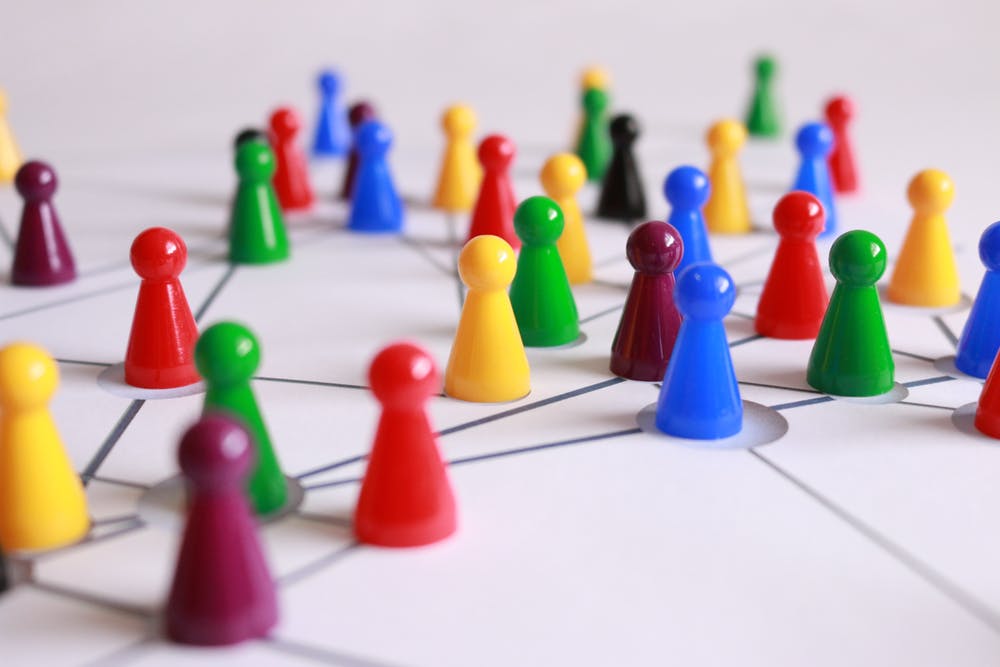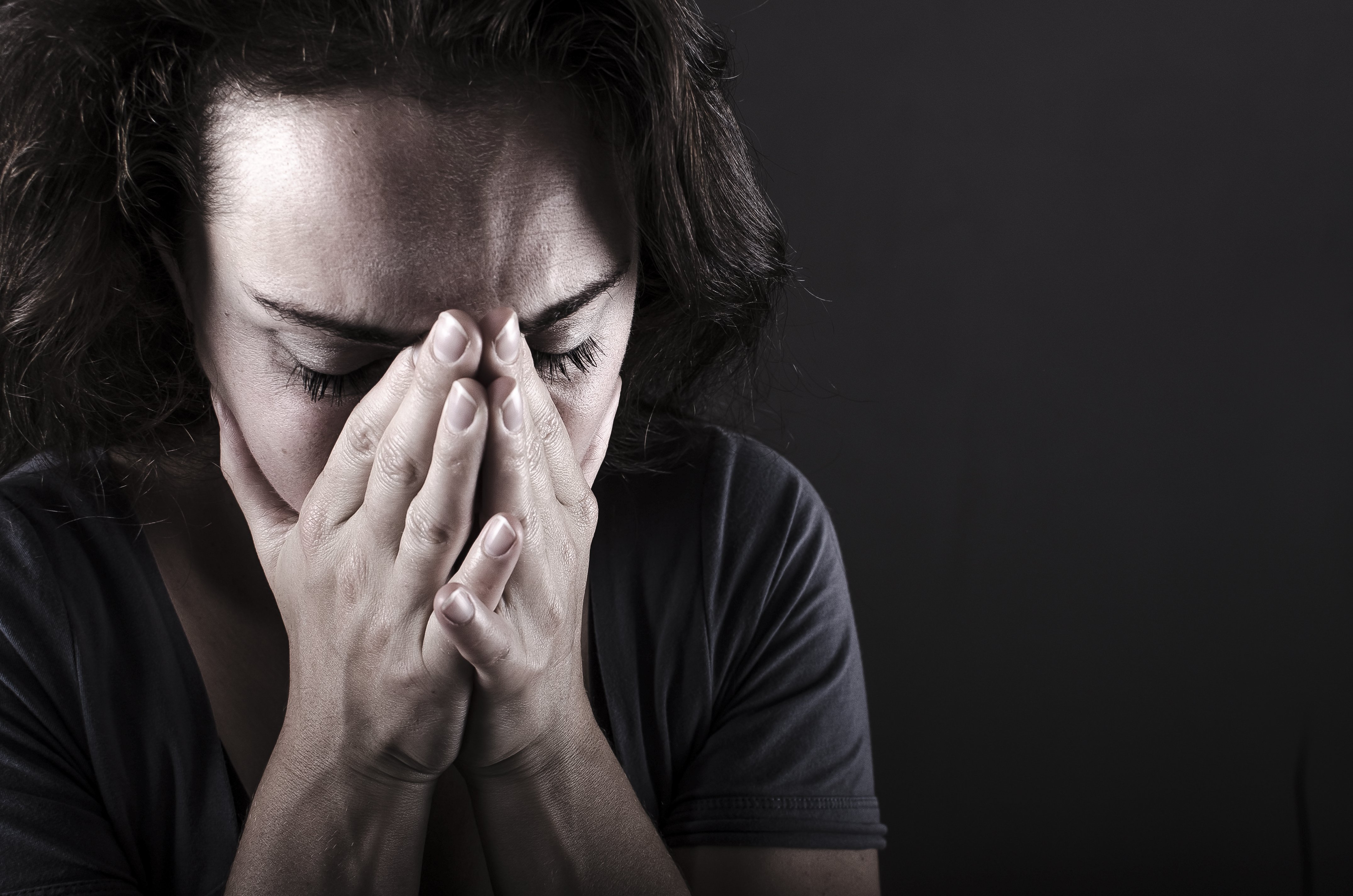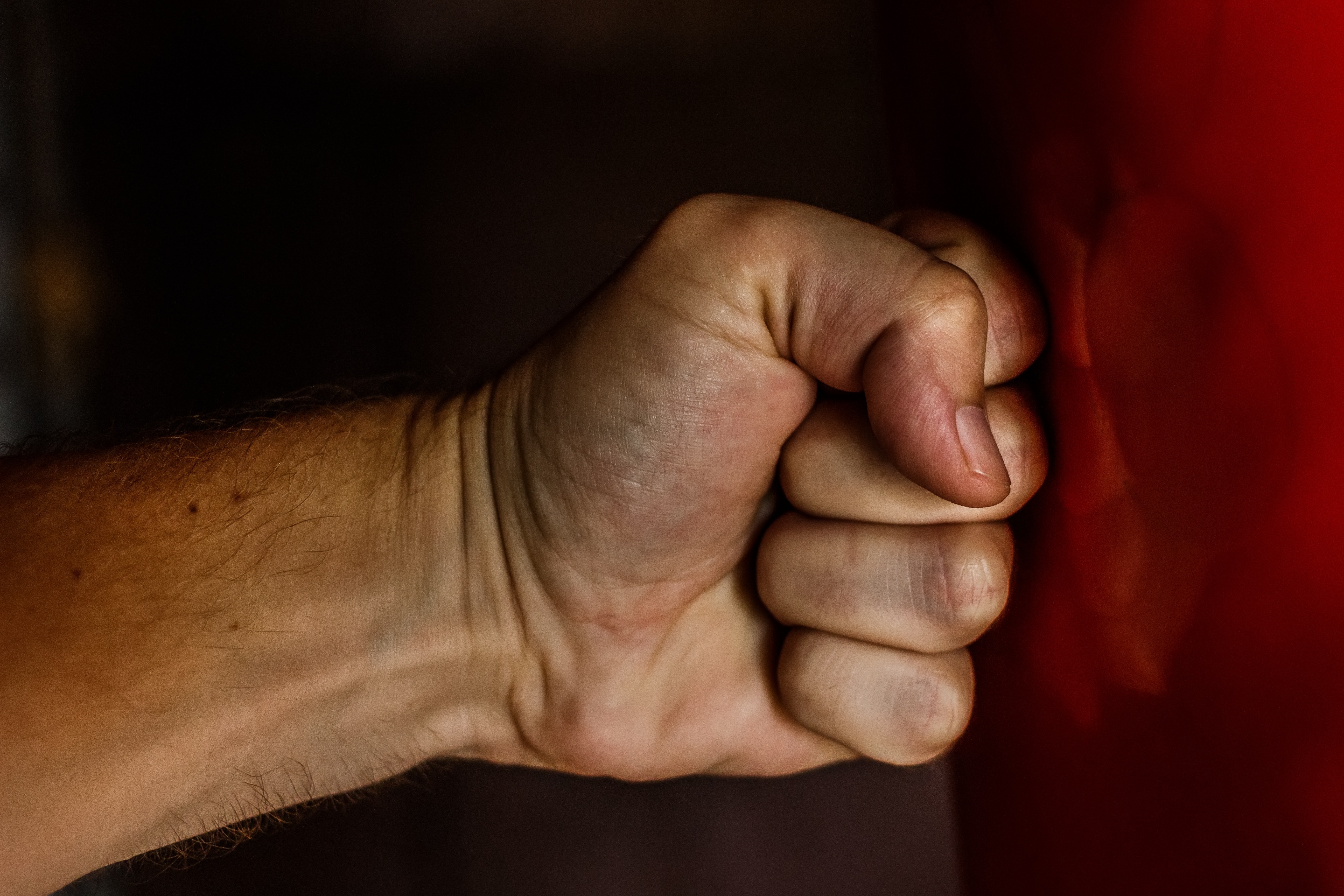The Sida Conflict Prevention and Peacebuilding Programme – DRC
Shuna Keen, IRC provides a contextual example of effective monitoring and evaluation.
I’m writing this from Kalemie, Tanganyika Province, DR Congo, after a week in Nyunzu visiting the activities implemented through the ‘Linking Health Humanitarian Assistance to Long-term Development Opportunities in Tanganyika province’ project. After more than a year of implementing the Sida-funded Conflict Prevention and Peacebuilding Programme, I wanted to share highlights of what we have achieved and learnt so far.The programme comprises the Somalia Access to Justice project, a health governance project in DRC (Tanganyika province), and a global Coordination, Learning and Quality Assurance component I manage from London. This includes a learning framework providing additional resources for research and learning to be built into the programme cycle so we can learn and adapt.
Having just spent a week visiting project activities in DR Congo, it makes sense to start there. The project is working in six health areas in Tanganyika Province to contribute to strengthening resilience, well-being and inclusive participation of conflict-affected Bantu and Twa. The project builds social cohesion and increases access to health services damaged and destroyed in the conflict between the Bantu majority and the historically excluded Twa pygmies. I visited three health centres where we organised community meetings and focus groups: Mayi Baridi, Tchanga Tchanga and Mangala.
IRC and partner Commission de Justice et Paix, Kalemie, ‘CDJP’, are working in extremely difficult conditions. Nyunzu territory is remote and currently only accessible by air. The photo below of the WFP plane we arrived at Nyunzu ‘airport’ in gives you an idea of the difficulty of access. On the ground we are implementing our activities against a backdrop of extreme poverty, damaged social cohesion and infrastructure, and decades of underinvestment. No electricity supply and limited water; little food is available as agricultural seasons have been missed and supply routes cut off. Although humanitarian aid is starting to come in as areas become more accessible, this is outstripped by need.
Working alongside the OFDA-funded emergency project, which delivers health services in the same centres we are working in through the peacebuilding project, the IRC, partners and community volunteers have saved lives and restored relations between Bantu and Twa. This has been achieved by bringing together volunteers from the two ethnic groups to build peace and promote recovery by solving urgent conflict, protection, social accountability and health problems in their communities.
The strong synergies between the OFDA emergency project and the peacebuilding project have been key. So have the strong links between the work carried out by community volunteers organised into local peace committees (‘CLP’), on the one hand, and those working as community health workers (‘RECOs’), organised into local health committees (‘CODESA’).
In summary this is how the project works: firstly IRC and partner CDJP got the peace committees, community health workers and health committees up and running effectively, supporting the elections of their members. Key here has been IRC and partner CDJP’s commitment to inclusion and participation within the committees – promoting women and Twa membership is a fundamental organising principle.
Having mixed Bantu and Twa committees has been essential in building trust between the two communities. The mixed peace committees, once up and running and trained, have been able to convince ethnically-organised militia to put down their weapons. This has enabled the return of security and displaced populations to the health areas we are working in, as well as humanitarian access, helping to create the conditions through which health services can be delivered. Symbolically and practically the committees’ example of bringing Twa and Bantu together in a common enterprise for peace has helped ease tensions between the two communities and rebuild social cohesion. This is seen in the examples of Bantu and Twa committee members organising teams to work together in each other’s fields.
The community health workers carry out sensitisation in their villages, sharing information about the free health services the IRC is providing (through the OFDA programme) and building trust. The result is that many more Twa are using services they had previously stayed away from, fearing discrimination, mistreatment and worse. Twa women are now choosing to give birth in the health centres, rather than at home, and many more are now coming forward to have their children vaccinated. Again, the sensitisation by mixed groups of community health workers has made the difference: women are more likely to trust health services if female community health workers reach out to them, likewise for Twa.
The CODESA health committees coordinate the community health workers’ sensitisation work. They also play a crucial oversight and advocacy role and have achieved important results, not only in increasing and transparency and accountability in the management of health centres, but also the quality of services. One of the health committees I met with, for example, explained that through their advocacy a health centre staff member was removed from vaccination duties after a series of complaints of badly administered vaccinations. The CODESA have also brokered improvements by the health centres so that serious cases are seen as a priority, and for health centres to work longer hours to serve the increasing numbers of people coming to use their services.
The picture below shows a community meeting in Mayi Baridi, bringing together the community health workers, peace committee and health committee members, with Bantu and Twa side by side.
I was deeply impressed by the community volunteers. They face extreme hardship in making ends meet and in carrying out their community activities. They cover long distances to do their sensitisation work, attend committee meetings and trainings. And they do this voluntarily. When I asked what motivates them, they spoke of their commitment to development in their communities: to increase use and quality of modern health services. The women volunteers are motivated to have a voice in their community. In this they are encouraged by IRC’s female staff who are a source of inspiration, providing a role model for the female committee members.
The DRC project is an example of Triple Nexus (Humanitarian-Peace-Development) programming. Working together with the emergency OFDA project, the project has built peace, responded to urgent protection cases, increased access to life-saving health services, while strengthening institutions and social accountability (development).
Working in only 6 health areas in Nyunzu and Kalemie, the project has limited coverage. However it is an important pilot and provides an example that can be taken up by other humanitarian, development and peacebuilding actors. Through the IRC’s leadership of the Intercommunity Dialogue Working Group in Kalemie, the aim is to standardise and influence how other peacebuilding actors support local peace committees in Tanganyika Province to achieve better coverage and more sustainable, locally-owned approaches that ensure inclusive participation.
Zooming out from Congo to the programme as a whole, an important milestone in year 1 was the theory-based evaluation. The report made several useful recommendations, for example the need for clearer, contextualised definitions of key concepts relating to eacebuilding and conflict prevention. The report also highlighted significant opportunity for programme adjustment and improvement. A key recommendation was to develop contextualised and project-specific theories of change, to build on the project’s global, overarching theory of change (ToC) and enable more effective design and measurement.
The IRC accepted this and many other recommendations in our management response. But how to organise participatory reflection and design adjustment once project activities had started? The solution we found was to craft a period for design adjustment during year 1, while implementing and reporting on the original logframe activities. Not easy, but we squeezed two workshops, one for each country programme, into our calendars in October to get the adjusted design ready to present to the donor in November. Sida approved the revised logframes and workplans which we began implementing in January for the 2nd year of the programme. The donor, Sida’s Peace and Human Security Unit in Stockholm, supported us throughout this process. The donor’s commitment to quality, flexibility and willingness to learn and adapt was key in enabling the IRC to carve out the time and budget necessary for an evidence-based approach.



